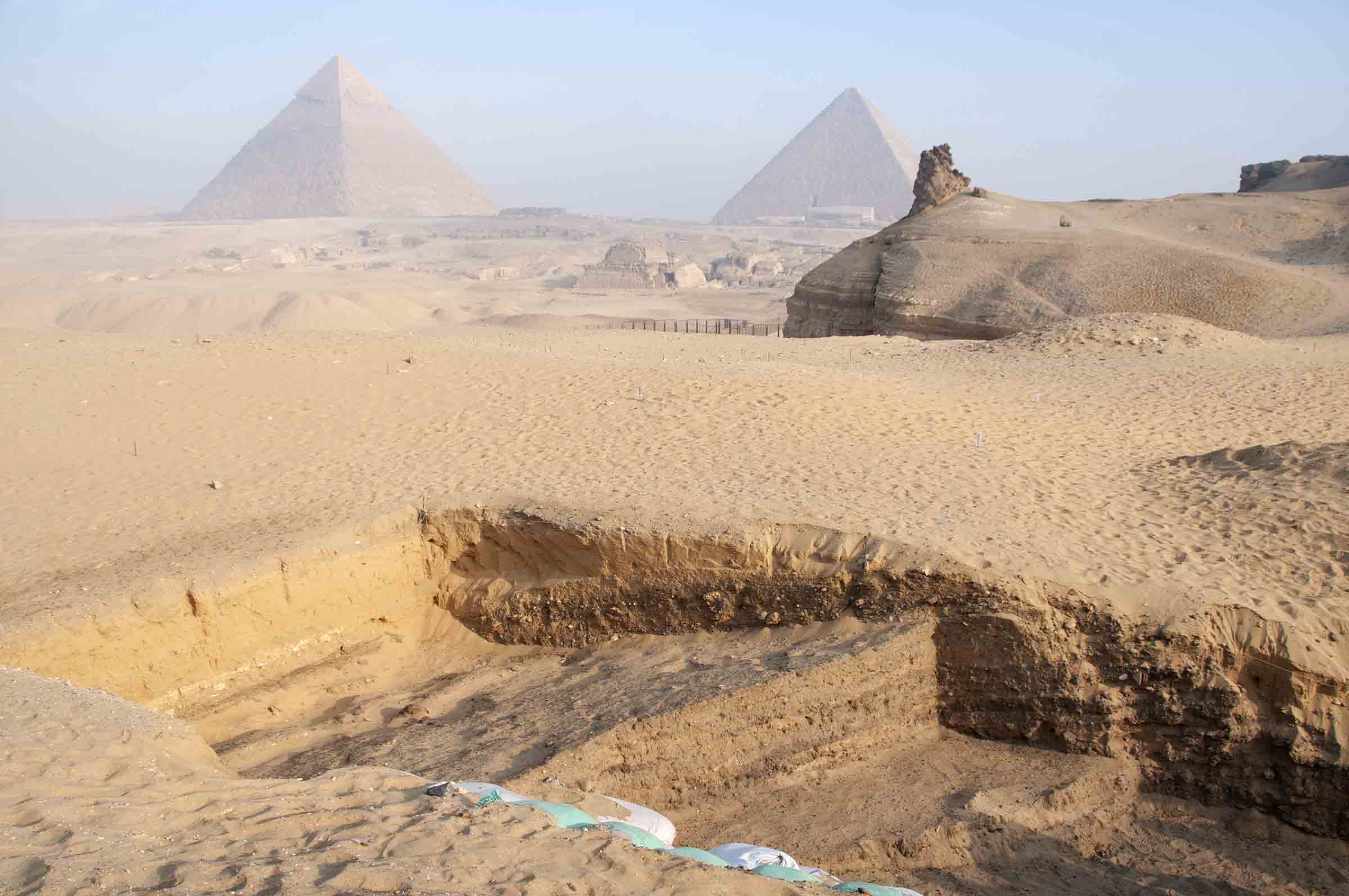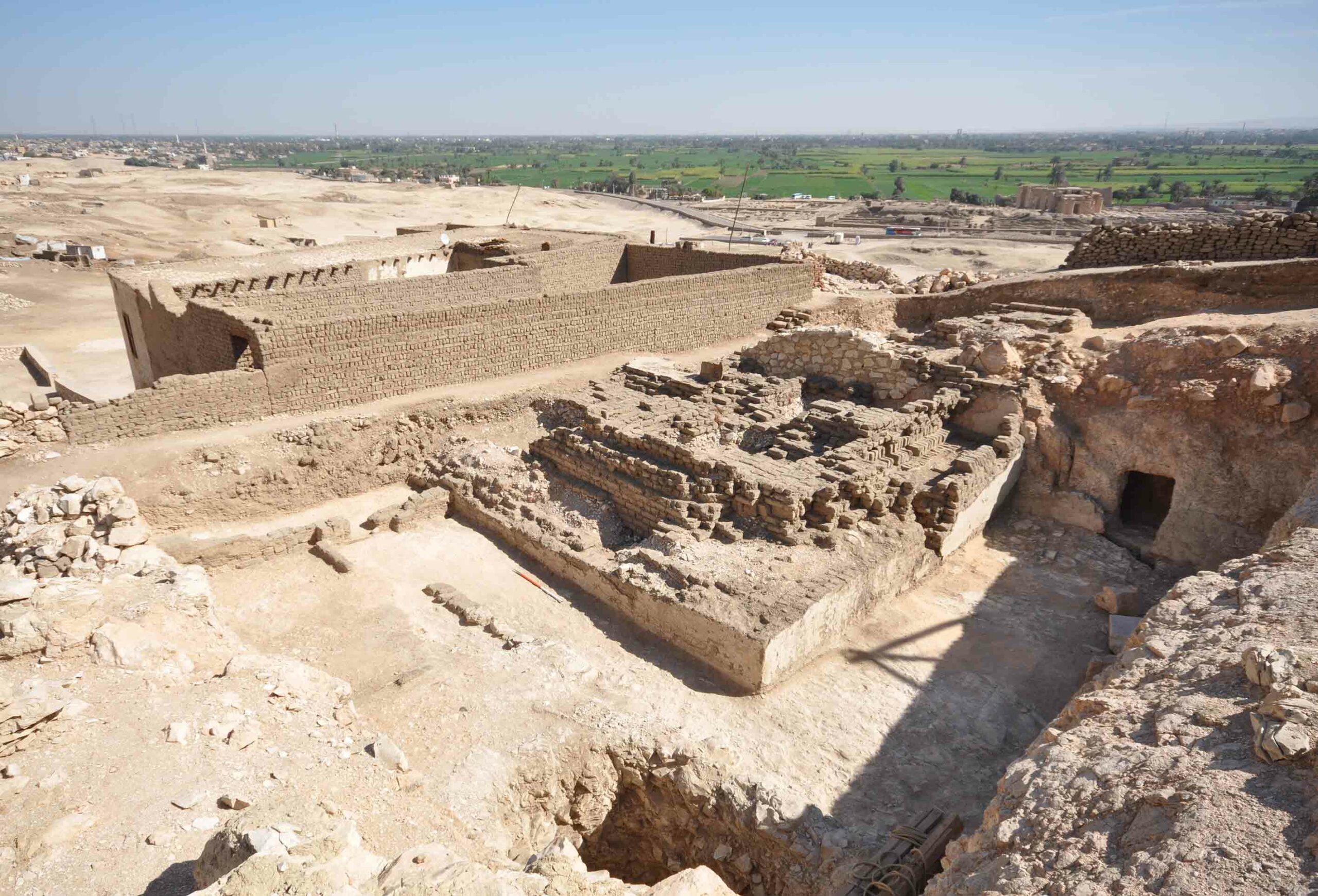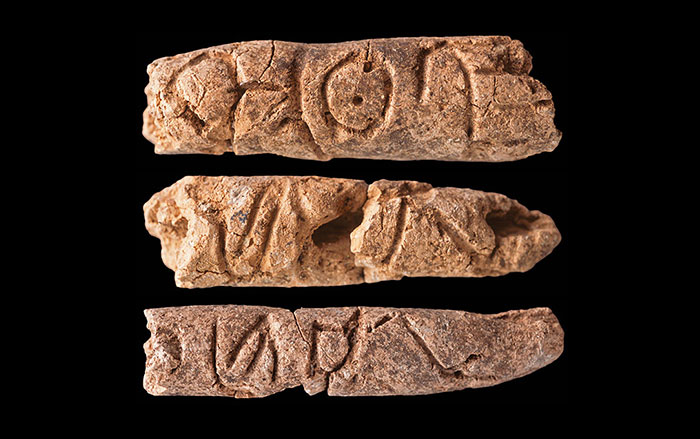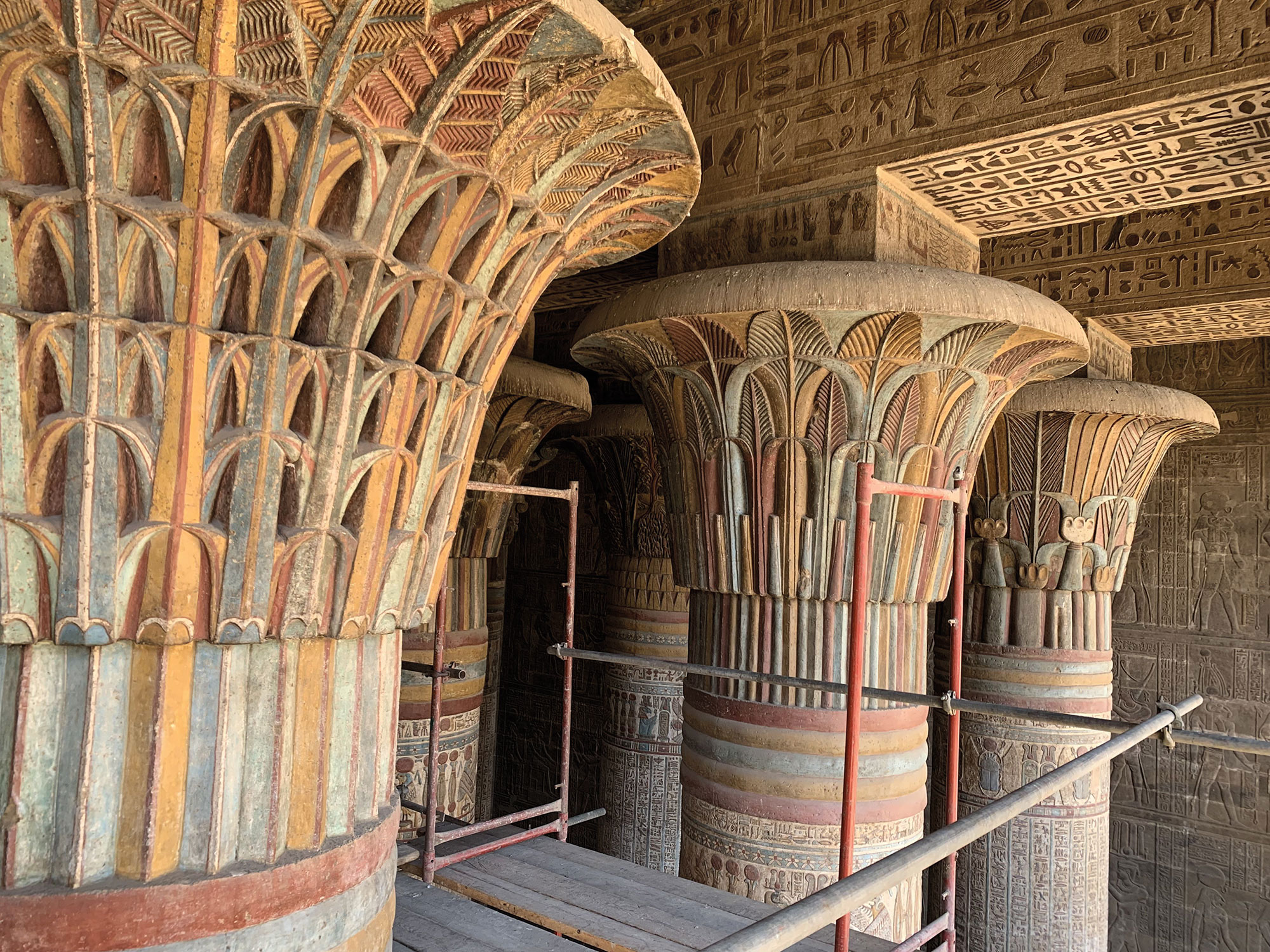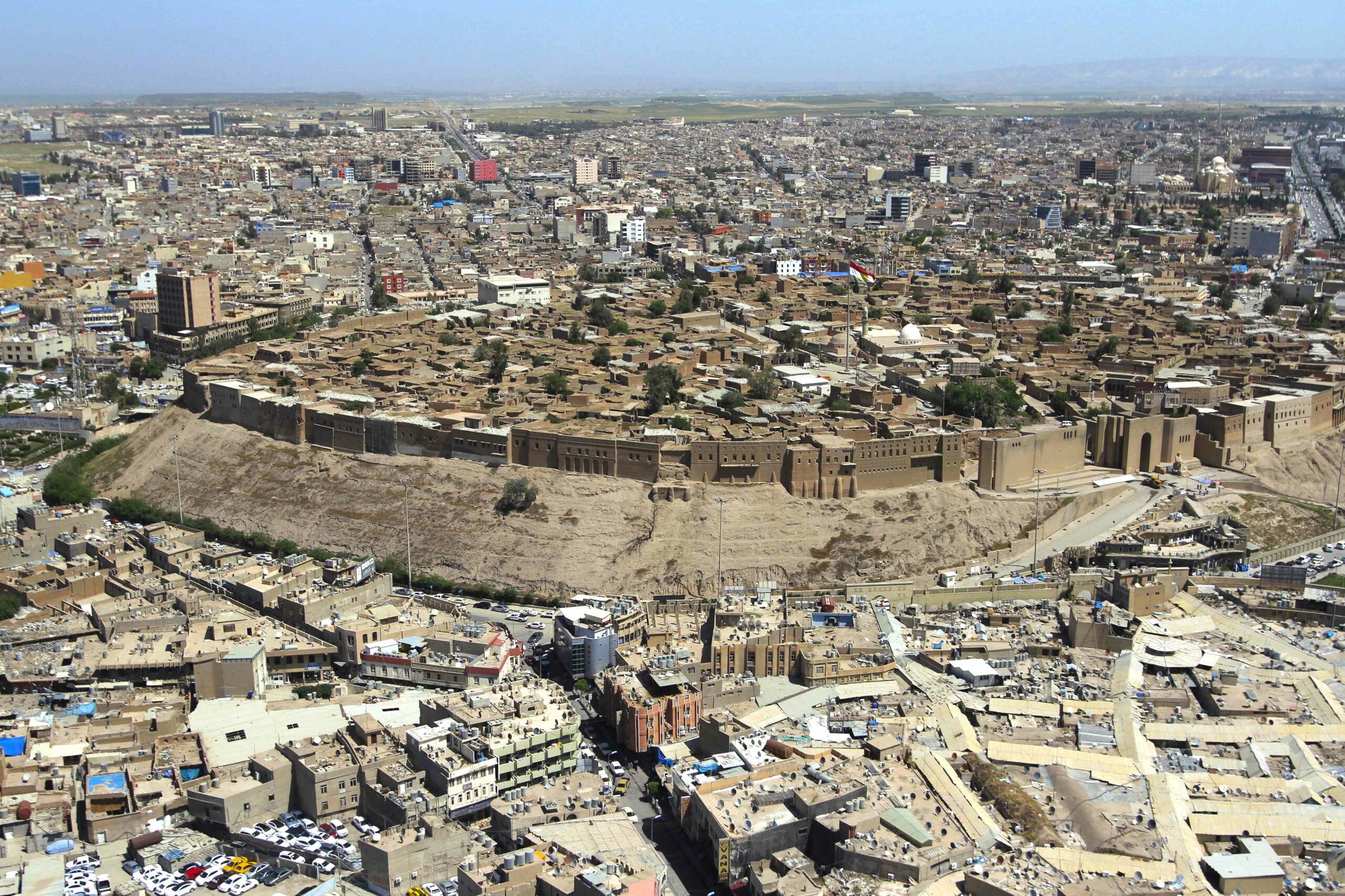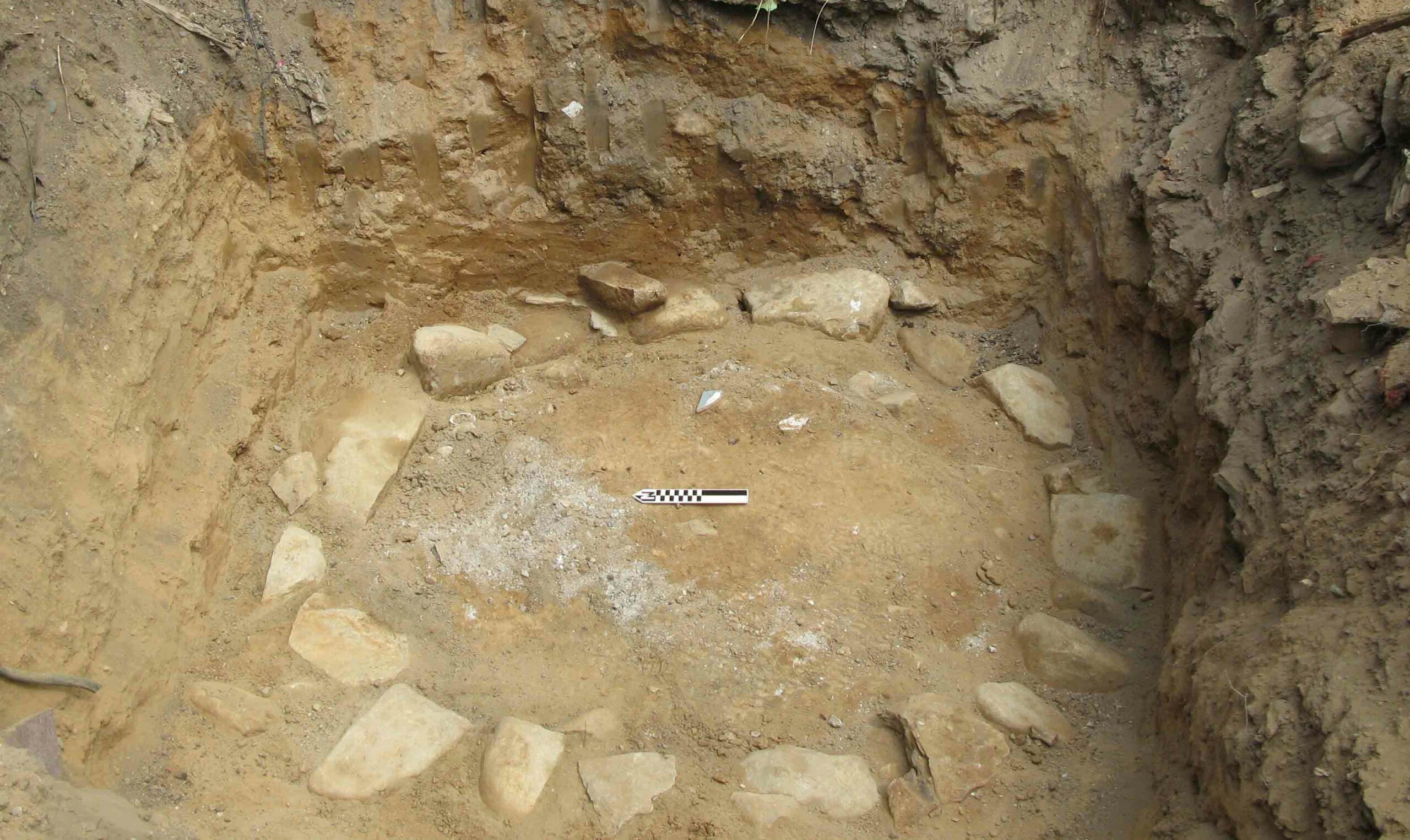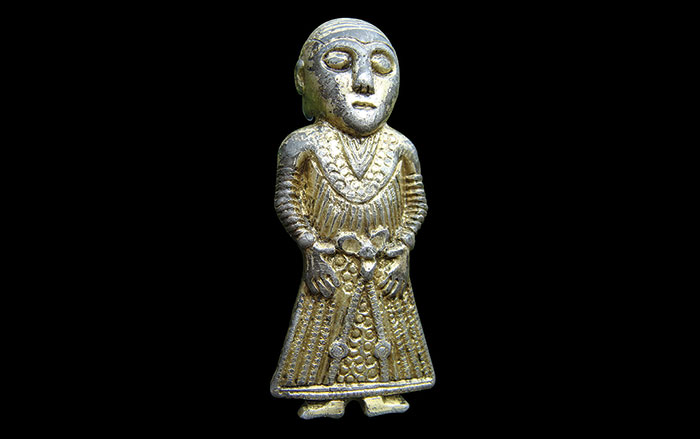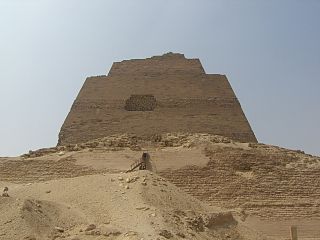
BENI SUEF, EGYPT—Mamdouh El-Damaty, Egypt’s Antiquities Minister, announced that the Meidum Pyramid will be restored and the site will be made tourist friendly with a visitor’s center and an informational sound and light show. The Meidum Pyramid is thought to have been built for Huni, the last pharaoh of the Third Dynasty, from several mud-brick mastabas. In the fifteenth century, the Arab historian Al-Maqrizi described the pyramid as having five steps, but in 1788, during Napoleon’s expedition to Egypt, only three mastabas were observed by French explorers. “The unusual appearance of Meidum pyramid led Beni Suef inhabitants to call it ‘Al-Haram Al-Kadam (Pseudo Pyramid), Youssef Khalifa, head of the ancient Egyptian section, told Ahram Online. To read about the construction of pyramids, see ARCHAEOLOGY's "How to Build a Pyramid."


